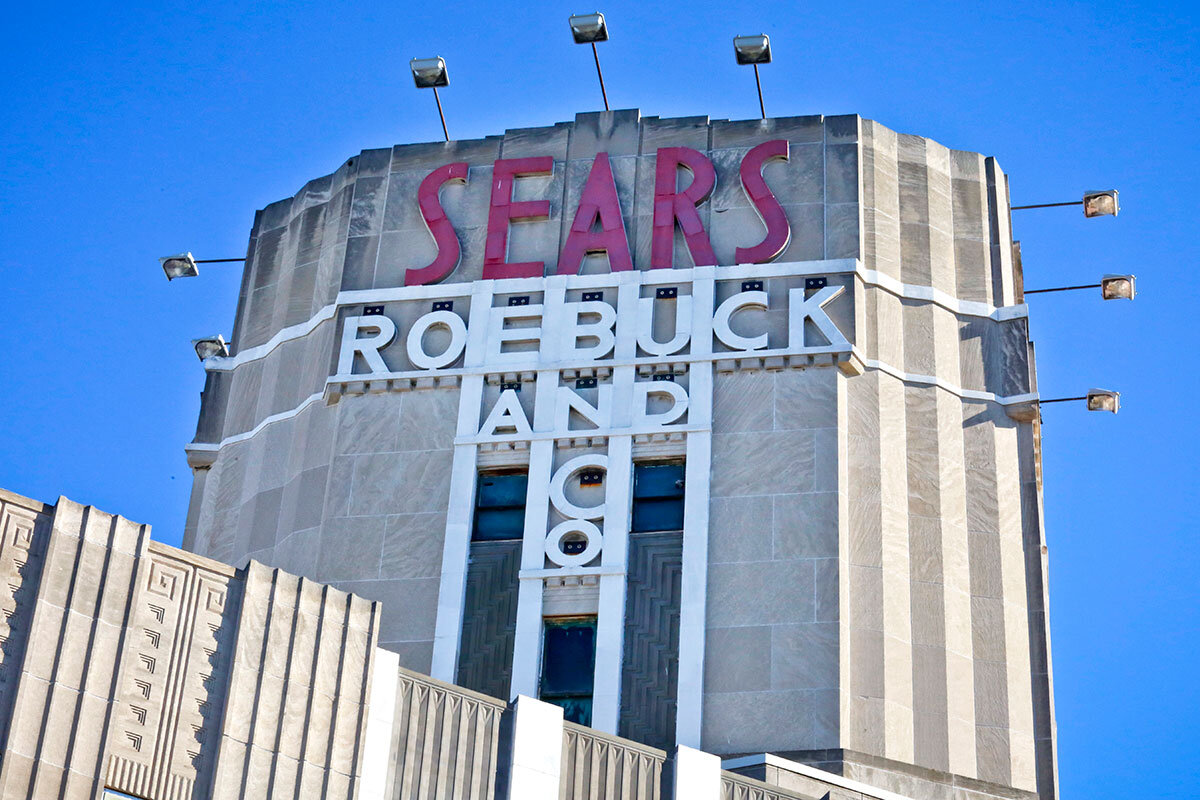What the Sears bankruptcy tells us

 Laurent Belsie
Laurent Belsie
If you remember the 1970s, you remember Sears. It was where your dad went for tools, your best friend’s mom bought clothes for the family, and where everybody shopped for a Kenmore stove or refrigerator. In Chicago, the Sears Tower – then the tallest building in the world – was a constant reminder of the retailer’s reach and might.
The company is even credited with helping create a style of blues music.
But competition has a way of felling the mighty. By the time the Sears Tower was completed in 1974, Sam Walton had already listed Walmart on the New York Stock Exchange and had more than 50 stores, infused with a philosophy of low prices and innovation. In 1994, the same year that Sears sold the Sears Tower, Jeff Bezos founded Amazon as an online bookstore, which innovated in cyberspace to become the world’s largest internet retailer in terms of revenue.
Sears’s bankruptcy this week is a reminder that, in business at least, nothing lasts forever. Good ideas trump stale ideas. You can build monuments to yourself. But if you want to survive and thrive in a competitive economy, it’s better to be open – and humble.
Today’s five stories include a look at the deeper strategic US-China conflict, Arab women in Israel running for office, and how art revived an Italian town.




